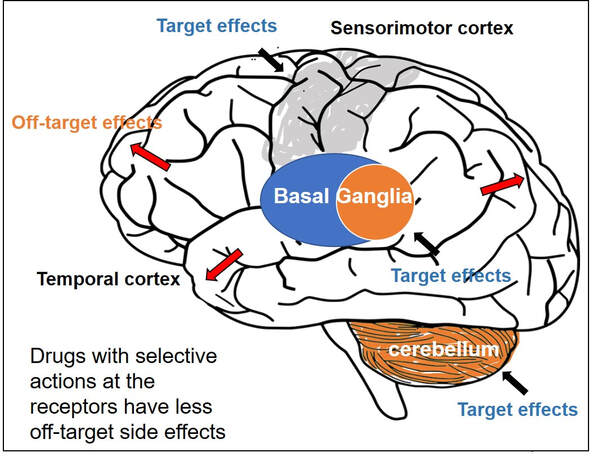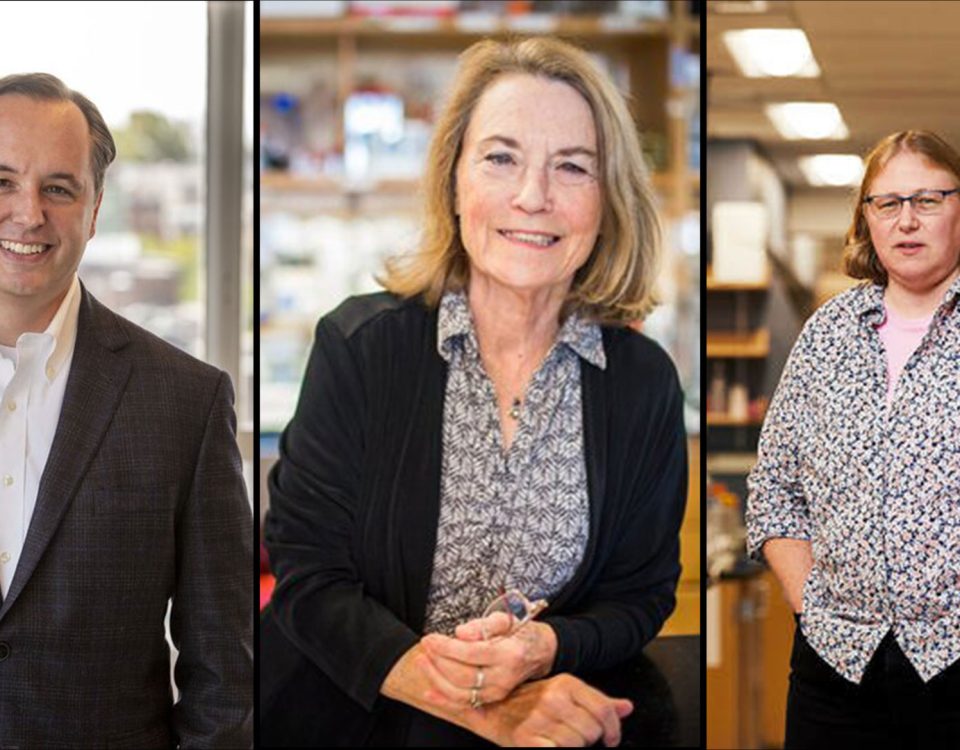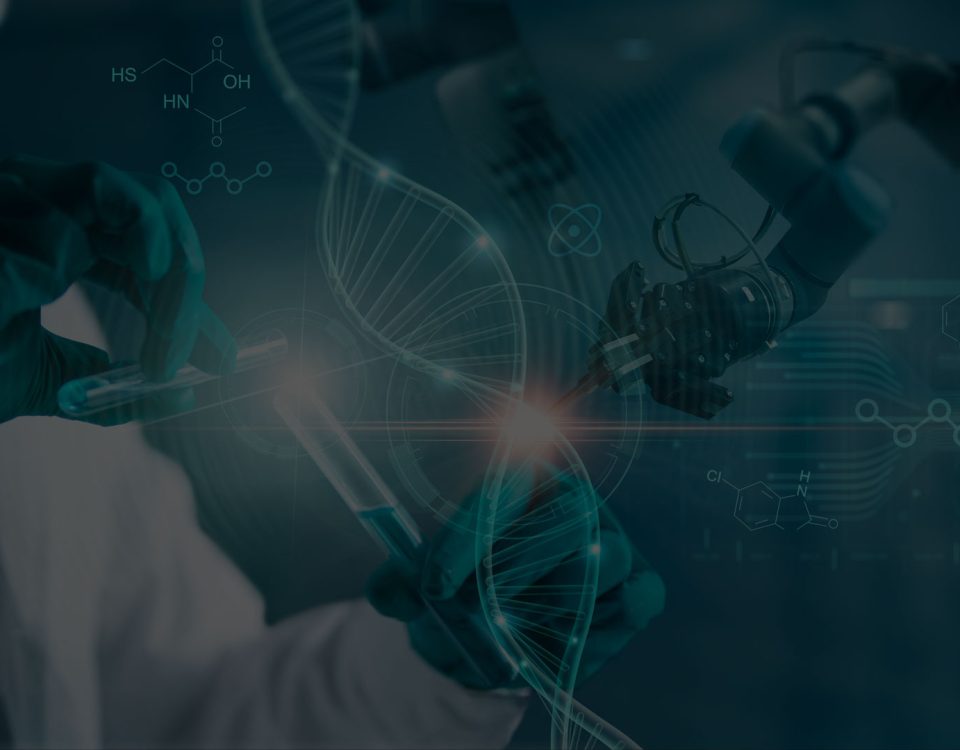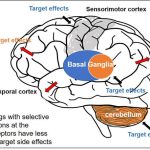
Oral Medications for Dystonia
July 7, 2021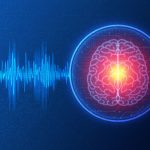
Long-Term Outcomes of Deep Brain Stimulation for Pediatric Dystonia
April 19, 2022Dr. Aparna Wagle Shukla
What is the Dystonia Coalition?
Dystonia Coalition is an international collaboration between clinical experts, researchers, and patient advocacy groups to advance dystonia research for finding better treatments. The coalition was established in 2009 with the support of the Office of Rare Diseases Research in the National Center for Advancing Translational Sciences and The National Institute of Neurological Disorders and Stroke at the NIH. In the last decade, over 50 sites that provide care to dystonia patients and are interested in advancing research have become members of this coalition. These sites are spread across North America, Europe, Asia, and Australia. In addition to the clinical providers and researchers, there are at least 17 patient advocacy groups committed to the coalition’s core activities. The patient advocacy groups play an integral role in identifying the critical needs for the dystonia community from a clinical and scientific perspective. Patient advocates recognize the needs of the community through focused workshops. They work with researchers to design appropriate studies and facilitate patient recruitment to accomplish successful and timely completion. They play an active role in organizing meetings to discuss the annual progress, identify challenges for research, and brainstorm ideas for further advancement of research. Some of the patient advocacy groups are also involved in actively finding and funding dystonia researchers, especially the young and new to the dystonia field.

What is the mission of the Dystonia Coalition?
Dystonia is a rare disorder which, according to what NIH accepts, is a condition affecting fewer than 200,000 patients in the US. A rare disease poses many unique challenges for the patients, clinicians, and the committed researchers. The patient community may not receive optimal care due to a limited understanding of the disease and the availability of experts. Then the clinicians may not have access to expert guidance or guidelines for management, and the researchers cannot assemble large groups of individuals for participation in clinical studies. Unfortunately, there is also less enthusiasm for funding research for a rare disease. To pursue research in dystonia is further challenging as there is significant heterogeneity. The clinical presentation can vary from one individual to another. The age of onset for symptoms can vary from childhood to adulthood. Some individuals have clear genetic etiology, but the exact cause cannot be ascertained in the vast majority. There is a lack of understanding of natural history for the progression of dystonia symptoms. Currently, we do not have biomarkers that could help in monitoring drug trials for dystonia. Thus, many fundamental challenges can hamper dystonia research.

The Dystonia Coalition aims to understand the disease better, develop appropriate tools to monitor patients in clinical trials, and identify biomarkers valuable for clinical research. It has brought hundreds of dystonia providers and thousands of patients to a common platform to facilitate large-scale collaborations to address these critical knowledge gaps. The main ongoing projects for the Coalition include the natural history project, development of diagnostic and rating tools for cervical dystonia, development of similar tools for blepharospasm and laryngeal dystonia, the establishment of objective measures for assessment of symptoms, monitoring outcomes with a patient-centered approach, and building a large biobank through the collection of DNA samples. Their ultimate goal is to accomplish “clinical trial readiness.” The current projects are essential for developing effective candidate treatments and ensuring their high likelihood of success.

What has the Dystonia Coalition accomplished so far?
The efforts of the Dystonia Coalition have led to many significant clinical and scientific achievements. Before the coalition existed, the definition of dystonia had certain missing elements, and the approach for categorizing various forms of dystonia varied among clinicians and researchers. Differences in diagnosis and classification approach invariably led to confusion in the interpretation of many studies. We now have a revised definition for dystonia and a new scheme to classify patients consensually agreed upon by an international team of experts and patient advocates. Then over the last decade, many multicenter projects have been completed successfully. These projects have contributed to understanding the evolution patterns for specific forms of dystonia, the determination of clinically employable measurement scales, and the development of objective tools which could be more sensitive for monitoring clinical symptoms. Due to a broad collaboration network, clinical data, video recordings, and DNA samples for over 3000 patients are available for sharing with researchers worldwide. We can characterize the symptoms better, assess the risk of clinical spread of motor symptoms, recognize the importance of co-occurring nonmotor symptoms commonly, understand the treatment patterns, and identify factors that drive a positive response to the available medical and surgical treatments. Many new young investigators have now joined the dystonia field. These efforts are indeed impressive and commendable.
How does the Tyler’s Hope Foundation and the Dystonia Coalition connect?
The Tyler’s Hope Foundation and the Dystonia Coalition have common goals. They both engage in keeping the health care providers and the researchers well informed on the needs of the dystonia community. They both are interested and involved in finding financial and non-financial resources for the dystonia researchers. They both aim to promote awareness and education for dystonia through meetings and webinars. The Tyler’s Hope Foundation focuses on genetic dystonia, mainly DYT-Tor1A dystonia. To bring together patients with this genetic diagnosis and guide clinical studies for these patients, Tyler’s Hope maintains a registry of DYT-Tor1A dystonia patients, Dystonia International Patient Registry. On the other hand, the Dystonia Coalition that focuses on all forms of dystonia, is involved with the Global Dystonia Registry to support future clinical trials. As a patient advocacy group, the Tyler’s Hope Foundation is closely supporting the Dystonia Coalition efforts. Together these organizations plan to advance the pace of clinical and translational research to find better treatments and ultimately a cure for dystonia.

The Dystonia Coalition: A Multicenter Network for Clinical and Translational Studies
Gamze Kilic-Berkmen, Laura J. Wright, Joel S. Perlmutter, Cynthia Comella, Mark Hallett, Jan Teller, Sarah Pirio Richardson, David A. Peterson, Carlos Cruchaga, Codrin Lungu and H. A. Jinnah. Front. Neurol., 08 April 2021
https://doi.org/10.3389/fneur.2021.660909

